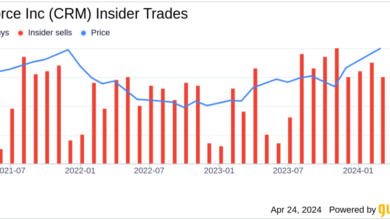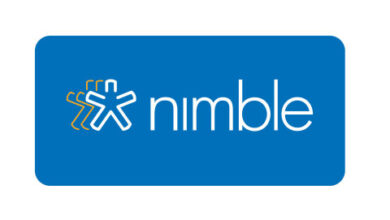Everything you need to know about tracking, calculating, and decreasing your churn rate

Many metrics go into analyzing customer retention rates, and churn rate is crucial to understanding why customers stop using your product or service or stay with you long-term. In this article, we explain why businesses must understand, calculate, track, and decrease their churn rate to retain customers and grow revenue.
What is churn rate?
Churn rate is a business metric that measures the percentage of clients who decide to stop using your product or service, such as not renewing their contract or canceling a subscription. Churn rate is measured over a set period to help business owners analyze whether customers are choosing to stay with the company or leave for a competitor (or stop using a service entirely).
How to calculate churn rate
Calculating churn rate involves a formula of dividing the number of customers lost over a set period by the total number of customers at the beginning of the same period. Then, multiply that number by 100 to arrive at the churn rate percentage.
Imagine a scenario where the churn rate was measured over a business quarter (three months). At the start of the quarter, a company had 1,200 customers, At the end of the quarter, they had lost 150 customers to churn. Their churn rate percentage is 12.5%
Consider another example. During a 12-month period, a small business had 200 customers at the start of the year. At the end of the year, they had lost 15 clients. Their churn rate percentage is 7.5%.
How to track churn rate
It’s crucial for businesses to track churn rates over time to help make well-informed, data-based decisions. Teams should track churn rates monthly, quarterly, and yearly to view seasonal and historical trends.
For example, some companies see higher churn during a recessionary period and attribute it to budget cuts. A team could analyze the churn rate before and after a new feature is added to their product and see if the churn rate decreased or increased. It’s also beneficial to track churn rates for customer segments to help decide which key areas of your target audience deliver the best return on investment on ad spend and outreach.
“The best way to track churn is to match it with billing periods,” says Paulius Milišauskas, vice president of customer operations at Omnisend. “If a company has a billing period of 30 days, it’s easiest to measure the amount of recurring revenue in the last 30 days.”
There are a variety of ways to track churn rates. Smaller teams may prefer to track it manually with a spreadsheet. However, many customer relationship management (CRM) platforms have built-in reporting dashboards with the ability to track and calculate churn rates automatically based on data entered into the CRM system.
How to decrease churn rate
Decreasing churn rate is an important business goal because a lower churn rate percentage means more loyal customers who produce recurring revenue for the company, raising your customer lifetime value (CLV). Here are some of the top ways to decrease churn rate:
- Communicate with customers: While responding to customer inquiries quickly is great, teams reduce churn by reaching out proactively. Send customer surveys or have a customer service agent check in monthly. Use the feedback gathered to improve your products and services and always thank customers for unfiltered feedback.
- Offer loyalty programs: It’s no secret that it costs more to acquire a customer than to retain one. Offer repeat customers loyalty incentives that encourage them to stay with the business. For example, give a 10% discount for committing to a six-month membership rather than a three-month package.
- Provide white glove service to the most profitable customers: Focus on retaining the highest-value customers who bring in the most revenue. Every client should have access to customer support resources but consider assigning the highest-membership tier customer key customer account managers dedicated to supporting the customer experience.
Which businesses should focus on churn rate?
Any business relying on recurring revenue (rather than a one-time purchase) should have a heavy focus on tracking and analyzing churn rates. This includes companies with recurrent membership terms where the customer has the option to cancel at regular intervals. Some examples of company types that should emphasize churn rate analysis and improvement include:
- Streaming service providers
- Fitness or wellness clubs
- Mobile app subscriptions
- Software-as-a-service (SaaS) businesses
- Financial companies
The takeaway
Calculating, analyzing, and reducing churn rates are key customer retention metrics for any company with a recurring revenue business model. Business leaders must focus on decreasing churn with intentional strategies designed to improve their products and services and retain loyal customers to drive growth and revenue.



